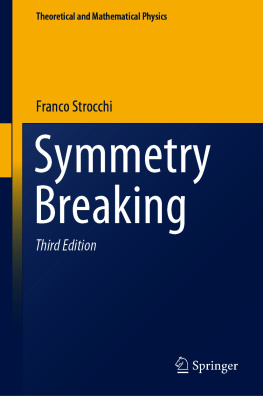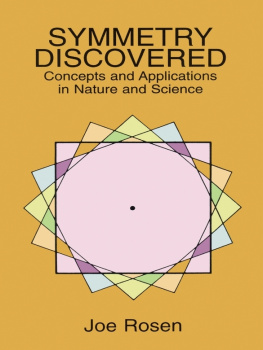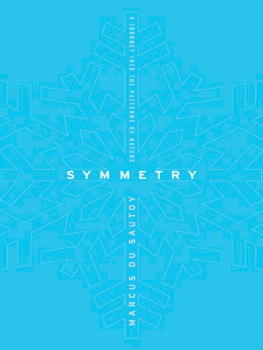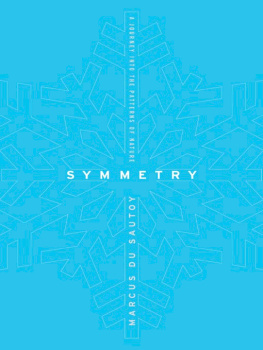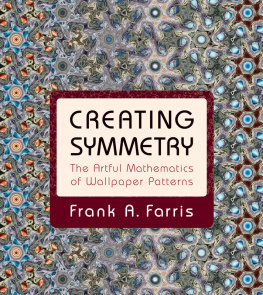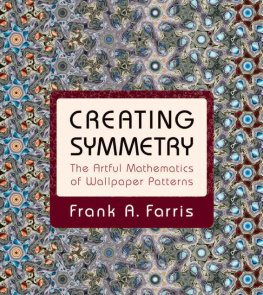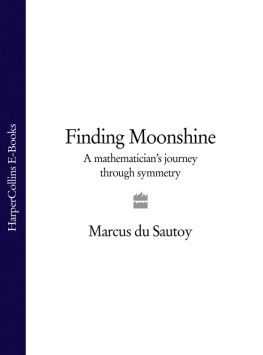Franco Strocchi - Symmetry Breaking
Here you can read online Franco Strocchi - Symmetry Breaking full text of the book (entire story) in english for free. Download pdf and epub, get meaning, cover and reviews about this ebook. publisher: Springer Berlin Heidelberg, genre: Romance novel. Description of the work, (preface) as well as reviews are available. Best literature library LitArk.com created for fans of good reading and offers a wide selection of genres:
Romance novel
Science fiction
Adventure
Detective
Science
History
Home and family
Prose
Art
Politics
Computer
Non-fiction
Religion
Business
Children
Humor
Choose a favorite category and find really read worthwhile books. Enjoy immersion in the world of imagination, feel the emotions of the characters or learn something new for yourself, make an fascinating discovery.
- Book:Symmetry Breaking
- Author:
- Publisher:Springer Berlin Heidelberg
- Genre:
- Rating:4 / 5
- Favourites:Add to favourites
- Your mark:
- 80
- 1
- 2
- 3
- 4
- 5
Symmetry Breaking: summary, description and annotation
We offer to read an annotation, description, summary or preface (depends on what the author of the book "Symmetry Breaking" wrote himself). If you haven't found the necessary information about the book — write in the comments, we will try to find it.
Symmetry Breaking — read online for free the complete book (whole text) full work
Below is the text of the book, divided by pages. System saving the place of the last page read, allows you to conveniently read the book "Symmetry Breaking" online for free, without having to search again every time where you left off. Put a bookmark, and you can go to the page where you finished reading at any time.
Font size:
Interval:
Bookmark:
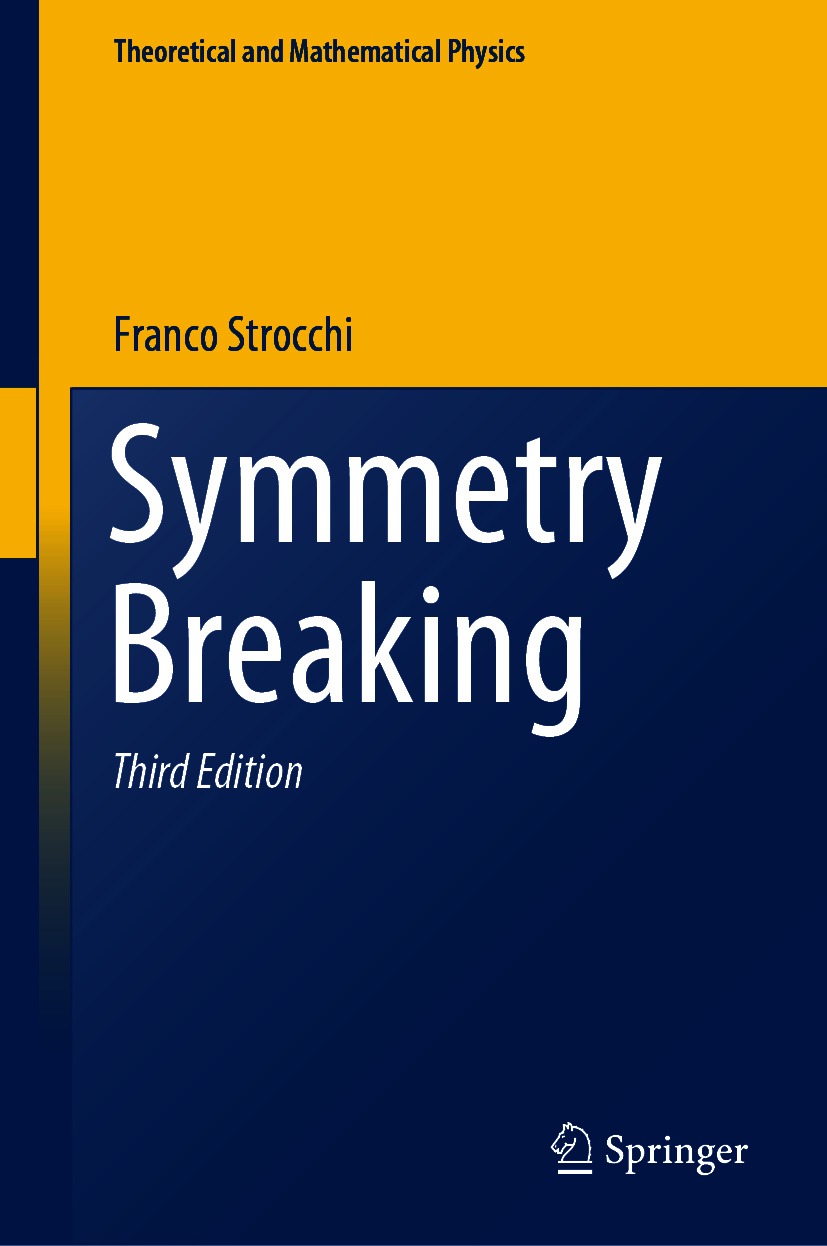
This series, founded in 1975 and formerly entitled (until 2005) This series, founded in 1975 and formerly entitled (until 2005)Texts and Monographs in Physics (TMP), publishes high-level monographs in theoretical and mathematical physics. The change of title to (TMP), publishes high-level monographs in theoretical and mathematical physics. The change of title toTheoretical and Mathematical Physics (TMP) signals that the series is a suitable publication platform for both the mathematical and the theoretical physicist. The wider scope of the series is reflected by the composition of the editorial board, comprising both physicists and mathematicians. (TMP) signals that the series is a suitable publication platform for both the mathematical and the theoretical physicist. The wider scope of the series is reflected by the composition of the editorial board, comprising both physicists and mathematicians.
The books, written in a didactic style and containing a certain amount of elementary background material, bridge the gap between advanced textbooks and research monographs. They can thus serve as a basis for advanced studies, not only for lectures and seminars at graduate level, but also for scientists entering a field of research.
More information about this series at http://www.springer.com/series/720

This Springer imprint is published by the registered company Springer-Verlag GmbH, DE part of Springer Nature.
The registered company address is: Heidelberger Platz 3, 14197 Berlin, Germany
The main motivation for having this third edition is the addition of an Appendix which deepens and clarifies some of the concepts introduced and developed in the core text. In the discussion of the breaking of continuous symmetries, the crucial point of the dynamical delocalization of the relevant variables does not seem to be sufficiently emphasized in the literature. Its impact on the local generation of a continuous symmetry, at the basis of Goldstone theorem, has been discussed in Part II, Sect. 25.2, but, in our opinion, this argument deserves more consideration, since the Coulomb delocalization is the critical one and, as such, affects most many-body systems and gauge theories of elementary particles. The main consequence is the key role of the boundary conditions which give rise to volume effects, in contrast with the standard case described by (essentially) local dynamical variables. The relevant physical result is the occurrence of energy gaps associated to the spontaneous breaking of continuous symmetries, in contrast with the Goldstone theorem. Examples are the Anderson model of superconductivity (close to the molecular field approximation of the Heisenberg model), the electron gas in uniform background (with the plasmon energy gap derived by the breaking of the Galilei group), the Higgs mechanism in the Coulomb gauge.
Other sections of the Appendix deal with the consequences and breaking of global gauge symmetries. Invariance under a local gauge symmetry is critically reviewed versus the validity of a local Gauss law on the physical states. This is argued to be the relevant property responsible for important physical properties like the Higgs mechanism in electroweak interactions, the topological group and the chiral symmetry breaking in quantum chromodynamics.
In line with the approach adopted in the previous editions, attention is paid to the main ideas and to the questions of principle leaving to the interested reader the task and duty of further developing the technical mastership.
Lastly, this new edition benefits from the correction of misprints and some refinements of the main text.
The main motivation for such lecture notes is the importance of the concept and mechanism of spontaneous symmetry breaking in modern theoretical physics and the relevance of a textbook exposition at the graduate student level beyond the oversimplified (non-rigorous) treatments, often confined to specific models. One of the main points is to emphasize that the radical loss of symmetric behaviour requires both the existence of non-symmetric ground states and the infinite extension of the system.
- i)
Existence of disjoint Hilbert space sectors, stable under time evolution, in the set of solutions of the classical (non-linear) field equations. They are the strict analogs of the different phases of statistical mechanical systems and/or of the inequivalent representations of local field algebras in quantum field theory (QFT). As in QFT, such structures rely on the concepts of locality (or localization) and stability, (see Chap. 5), with emphasis on the physical motivations of the mathematical concepts; such structures have the physical meaning of
Font size:
Interval:
Bookmark:
Similar books «Symmetry Breaking»
Look at similar books to Symmetry Breaking. We have selected literature similar in name and meaning in the hope of providing readers with more options to find new, interesting, not yet read works.
Discussion, reviews of the book Symmetry Breaking and just readers' own opinions. Leave your comments, write what you think about the work, its meaning or the main characters. Specify what exactly you liked and what you didn't like, and why you think so.

